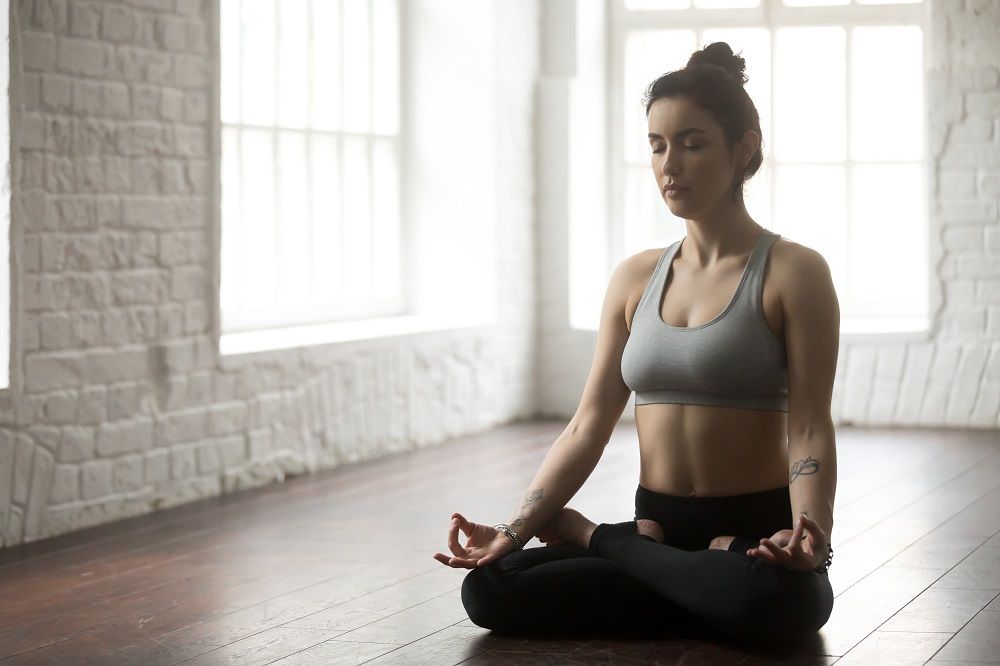Learn slow deep breathing self-help skills to relax your body and your thoughts.
Learning to relax your body and your thoughts is a wonderful skill to master. If you can do this, you will feel incredibly relaxed and safely remain on the SACRED road to recovery. There are many methods of relaxation that range from meditation to biofeedback. But the relaxation method that is probably the easiest to learn is Slow Deep Breathing (SDB)
Your objective is to develop the ability to calm your mind as soon as you feel your thoughts starting to race or as soon as you feel your anger starting to build. For the optimal results it is necessary that you practice SDB nearly every day for about fifteen to thirty minutes (five minutes is the minimum) until you can calm yourself on demand.
Self-Help Skill: Slow Deep Breathing (SDB)
- Find a quiet place where you will not be interrupted for about fifteen minutes. Turn the phone off. Rate your stress level on a 1-to-10 scale where 0 means totally calm and stress-free and 10 means totally stressed out.
Prepractice Relax Rating
0 1 2 3 4 5 6 7 8 9 10
Total Calm Total Stress - Sit in a comfortable chair with your feet flat on the floor. Place your hands palms down on or near your knees.
- Close your eyes and listen to all of the sounds in your environment for a few moments. Try to focus your thoughts on what you hear. Ignore all other thoughts. If your thoughts wander, gently squeeze your knees and return your attention to a sound.
- After a minute or two turn your attention to your breathing. Now, as slowly as you can, breathe in through your nose and count of 1, 2, 3, 4, 5, 6, 7, 8, 9, 10. Try to make your inhale last until you reach 10. Try to fill your lower abdominal area with air first, then your midsection, and finally your chest. Try to really expand your lung as much as possible. It may make you feel uncomfortable at first; this will be especially so if you smoke cigarettes or pot. However, with a little practice your ability to do expand your lungs will increase.
- After you have fully inhaled, hold your breath for a count of 1, 2, 3.
- Then exhale slowly to a count of 10, 9, 8, 7, 6, 5, 4, 3, 2, 1. As you exhale, think “I am calm” over and over again. Try to see these words light up in your mind as clearly as you can.
- Repeat the SDB cycle for about ten to fifteen minutes or until you feel noticeably calmer. Concentrate on your breathing. Ignore all other thoughts. You will find it difficult to do this. But each time your thoughts drift, just squeeze your knees gently and refocus on “I am calm” and the rising and falling of your breathing. Once you get into a SDB rhythm, you can stop counting and just breathe.
- After you feel calmer, open your eyes and rate your stress level again. How much calmer do you feel?
- Remember to rate your stress levels pre- and postpractice. A rating, after practice, of 3 or less on the 0-to-10 relax scale is your goal.
Post-practice Relax Rating
0 1 2 3 4 5 6 7 8 9 10
Total Calm Total Stress
These recovery exercises are adapted from the book The Angry Heart written by Dr. Joseph Santoro and Dr. Ronald Cohen. Dr. Joseph Santoro is one of the founding members of Blue Sky Behavioral Health. Blue Sky offers individualized outpatient as well as residential treatment programs for mental health disorders such as borderline personality disorder. Our supportive and licensed clinical staff can make a major difference in your life. Learn how to live life well by contacting our facility today. Call (888) 822-7348 or visit us online at https://blueskyrecovery.com/





